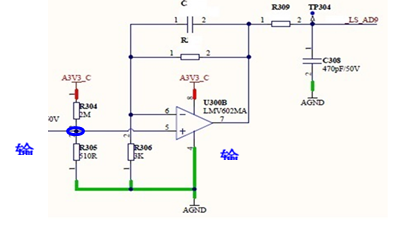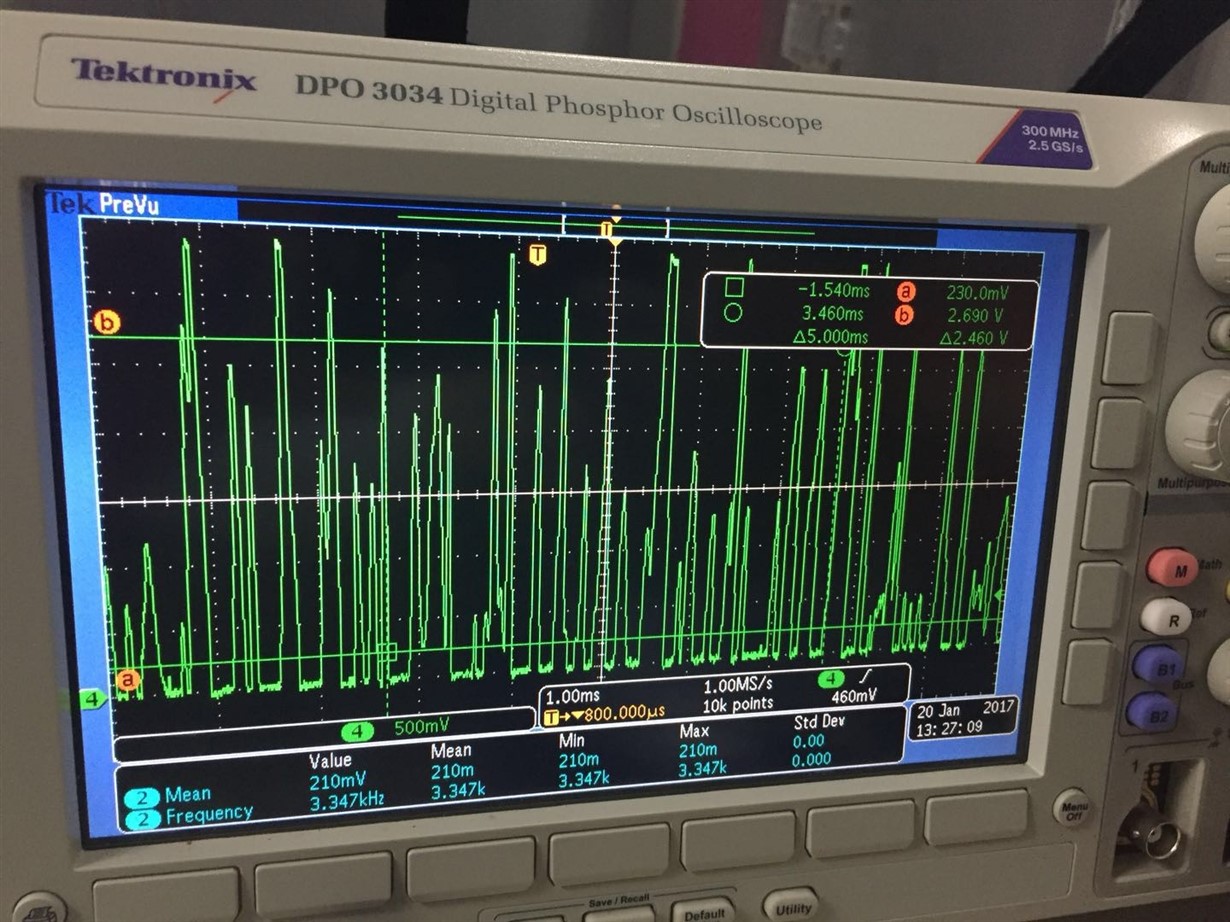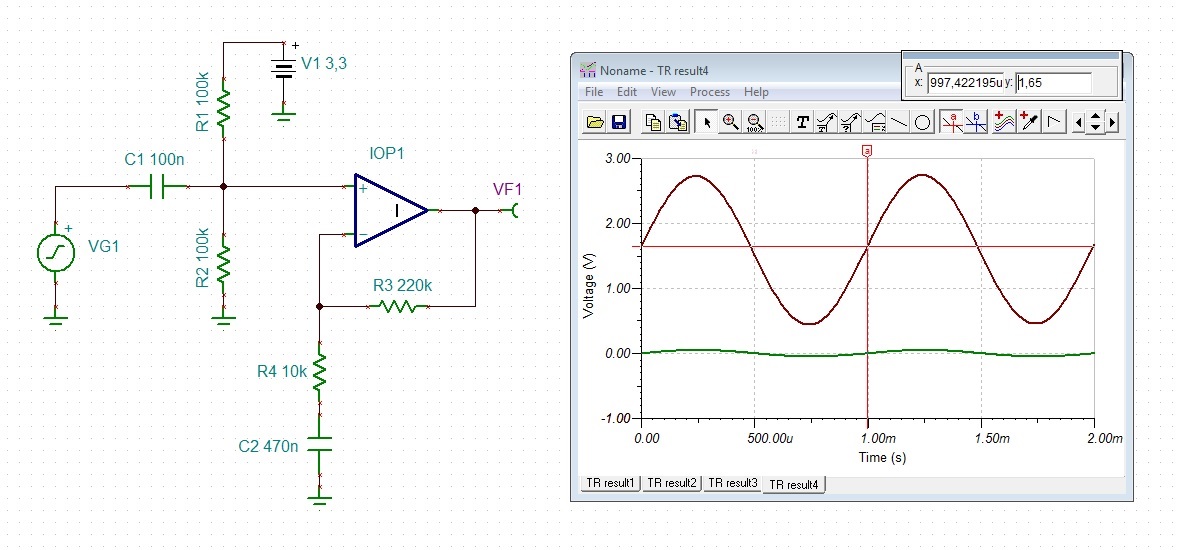hi sir,
our customer meet some LMV602 has one issue for the input offset voltage.
if they set the input offset voltage on the 0.85mv, their circurt gain is incorrect, correct gain is 70, if they adjust input offset voltage to 1.6mV, gain is correct.
and this part input offset is typical voltage is 0.55mv, Max voltage is 5mV, base on the VCC is 2.7V. their design is 3.3V.
so customer question is why input offset voltage will effect output Gain voltage. another is why close to typical of input voltage value will effect, whether every AMP has minimum input offset voltage value, if customer less this part, it will effect out put Gain data.
why it is appear some IC of LMV602, not all of LMV602 have this issue.
note:because customer can't show details of schematic for LMV602, so I only can tell they set the Gain is 70.




